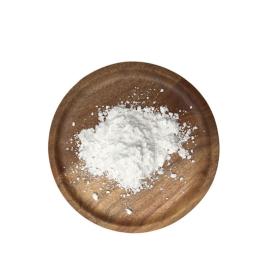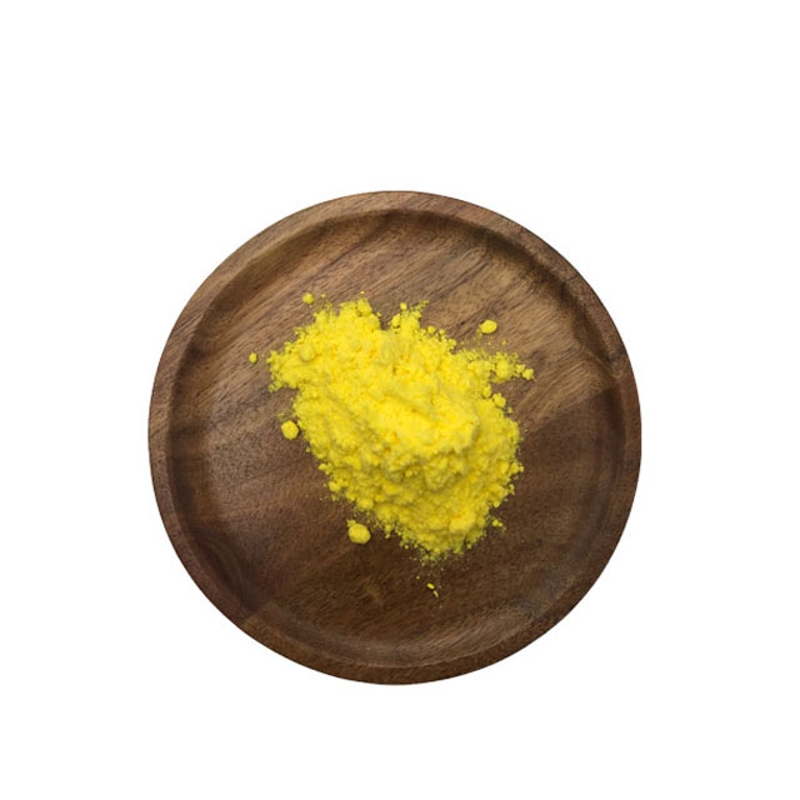-
Categories
-
Pharmaceutical Intermediates
-
Active Pharmaceutical Ingredients
-
Food Additives
- Industrial Coatings
- Agrochemicals
- Dyes and Pigments
- Surfactant
- Flavors and Fragrances
- Chemical Reagents
- Catalyst and Auxiliary
- Natural Products
- Inorganic Chemistry
-
Organic Chemistry
-
Biochemical Engineering
- Analytical Chemistry
- Cosmetic Ingredient
-
Pharmaceutical Intermediates
Promotion
ECHEMI Mall
Wholesale
Weekly Price
Exhibition
News
-
Trade Service
According to statistics, rectal cancer is one of the most common malignant tumors worldwide, with more than 700,000 new diagnoses and 300,000 deaths worldwide in 2020
.
Standard treatment for locally advanced rectal cancer (LARC) includes triple therapy, namely radiation therapy (RT), chemotherapy (ChT), and subsequent total mesorectal resection (TME).
Recent studies have reported that neoadjuvant therapy (TNT) can improve pathologically complete response (pCR) and clinical complete response (cCR) from 14% to 36%, and the treatment effect is very good
.
TNT refers to 8 cycles of induction therapy with mFOLFOX6 (folinic acid, fluorouracil and oxaliplatin) prior to chemoradiotherapy (CRT), or 5 cycles of CAPROX (capecitabine and oxaliplatin) and FLOX (weekly fluorouracil/folinic acid and biweekly oxaliplatin).
More specifically, earlier introduction of systemic ChT within TNT is associated
with improved staging and reduced risk of disease progression, including possible micrometastases.
Magnetic resonance imaging (MRI) is the best imaging modality
for local staging of LARC and assessing treatment response at different times during the CRT process.
In particular, diffusion-weighted imaging (DWI) explores the random Brownian motion of water molecules in both intracellular and extracellular spaces, identifying regions of high cellularity that reflect the presence of tumor tissue
.
Recently, a study published in the journal European Radiology conducted a DWI analysis in LARC patients before TNT, and discussed the potential predictive value of DWI value in distinguishing between pCR and non-pCR patients, which provided a reference for improving the treatment effect and clinical prognosis of patients
.
This review included LARC patients who received staged MRI and TNT in our institutions
.
MRI-based staging, tumor volume, and DWI-ADC values
were analyzed.
Based on the outcome after surgery, patients are divided into complete responders (pCR) and incomplete responders (non-pCR).
ADC values before treatment were compared with pathological outcomes, post-treatment stage, and reduction in tumor volume.
Receiver Operating Characteristics (ROC) analysis was used to calculate the diagnostic accuracy
of DWI-ADC in differentiating between pCR and non-pCR groups.
A total of 36 patients were evaluated (pCR, n=20; non-pCR, n=16).
ADC values before treatment differed significantly between the two groups (P = 0.
034), while no association
was found between tumor volume and pathological response before TNT.
ADC values showed significant correlations
with a local regional downward shift after treatment (r = -0.
537, p = 0.
022) and a reduction in tumor volume (r = -0.
480, p = 0.
044).
ADC values distinguish between pCR and non-pCR patients, with a sensitivity of 75% and specificity of 70%.
Figure 3 Example of locally advanced rectal cancer with segmentation of tumor foci on axial T2-weighted images (a,b) and ADC plots (c,d).
This analysis showed that the signal intensity value of DWI before treatment and the corresponding ADC plot were closely related
to the pathological response of LARC patients and the descending period after TNT.
The results of this study promote the use of DW-MRI as a potential predictive tool for treatment response and further contribute to the clinical detection of the most suitable neoadjuvant therapy target to achieve personalized treatment
.
Original source:
Franco Iafrate,Fabio Ciccarelli,Giorgio Maria Masci,et al.
Predictive role of diffusion-weighted MRI in the assessment of response to total neoadjuvant therapy in locally advanced rectal cancer.
DOI:10.
1007/s00330-022-09086-7







